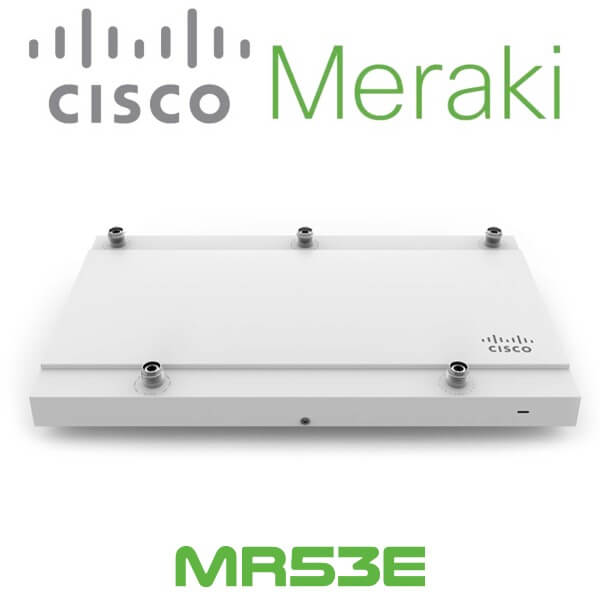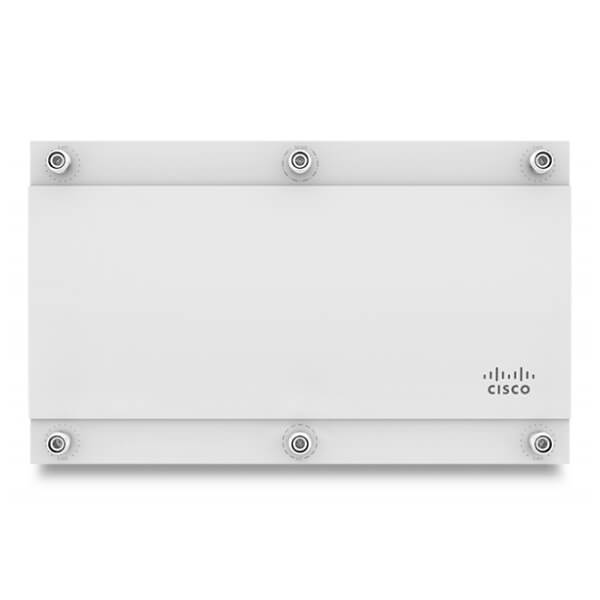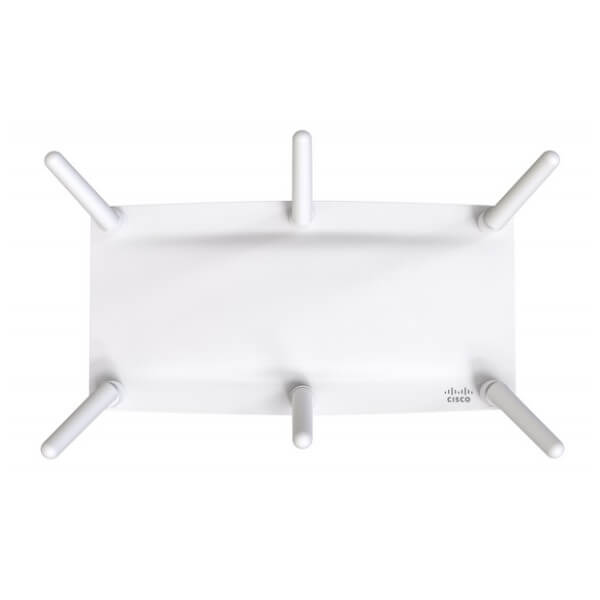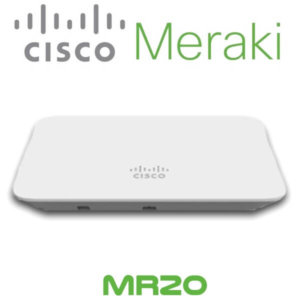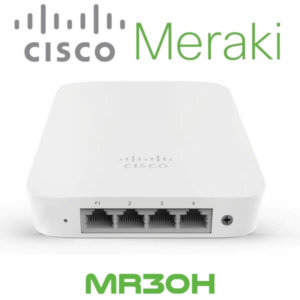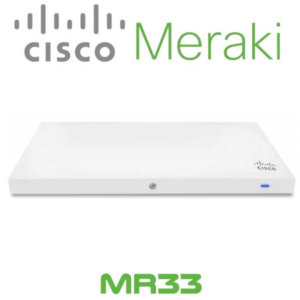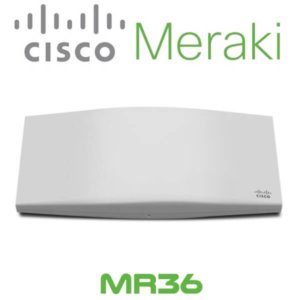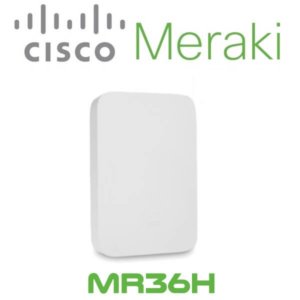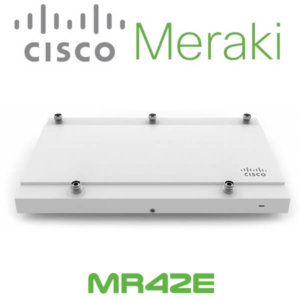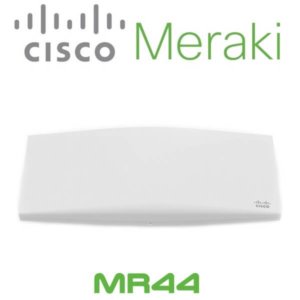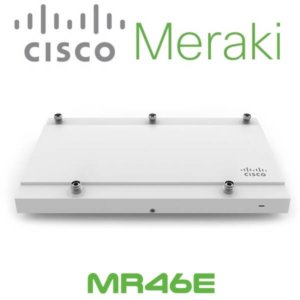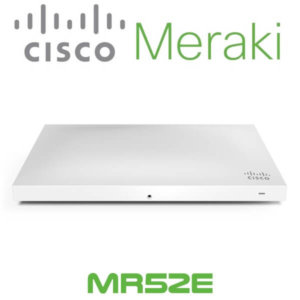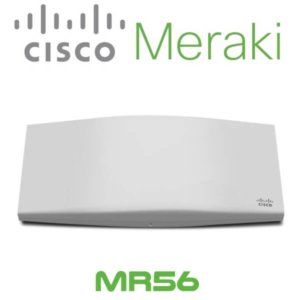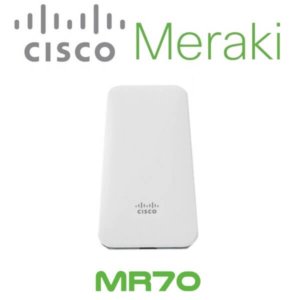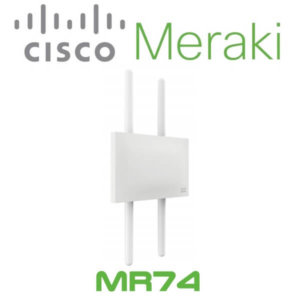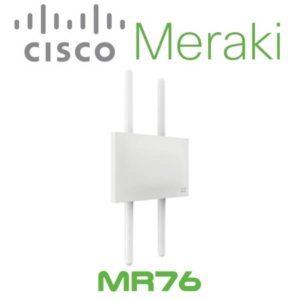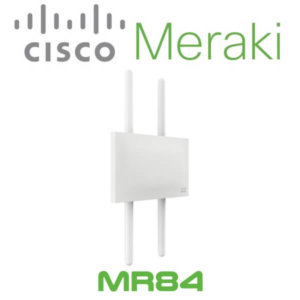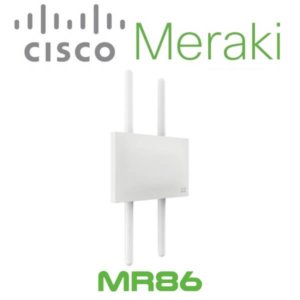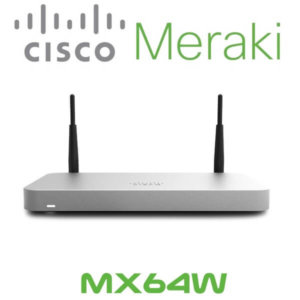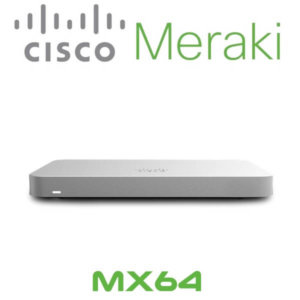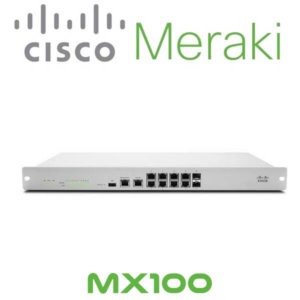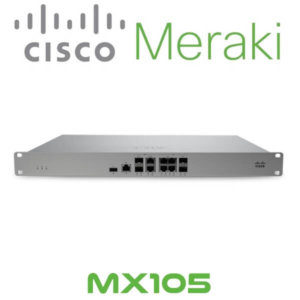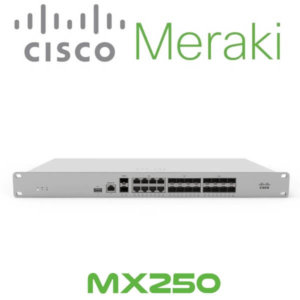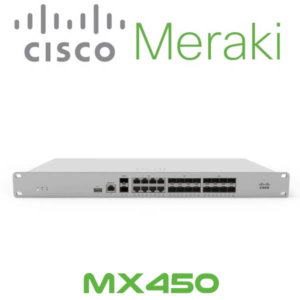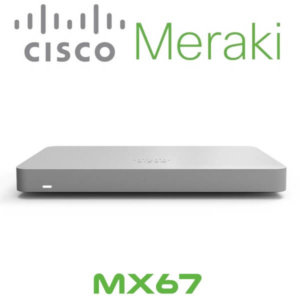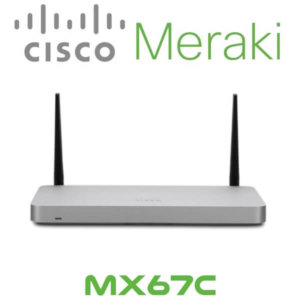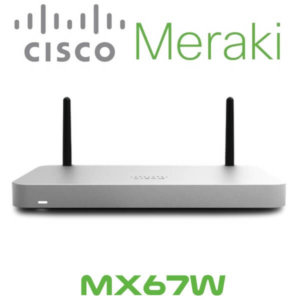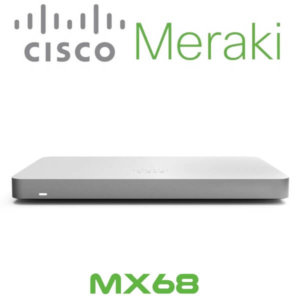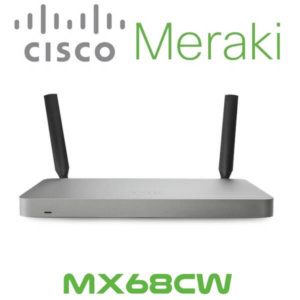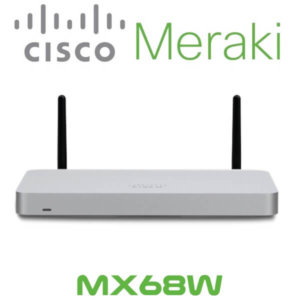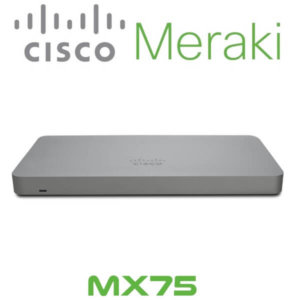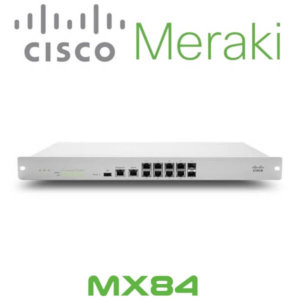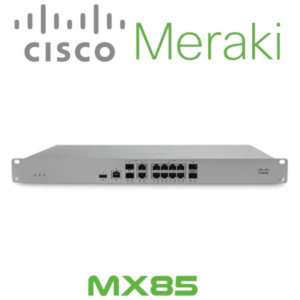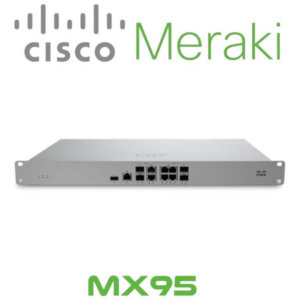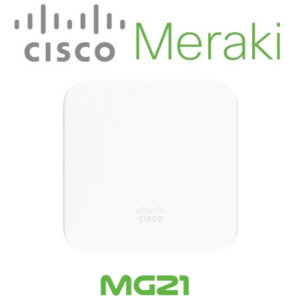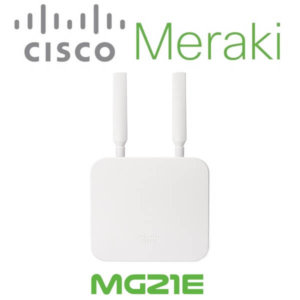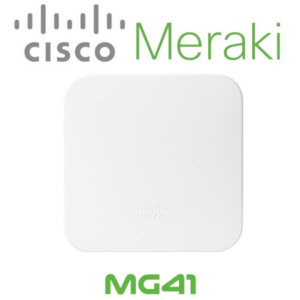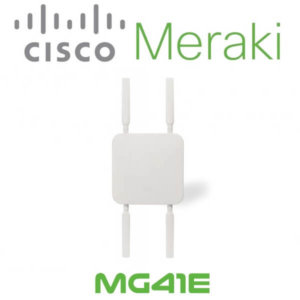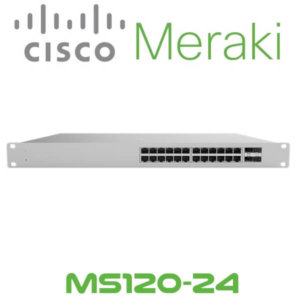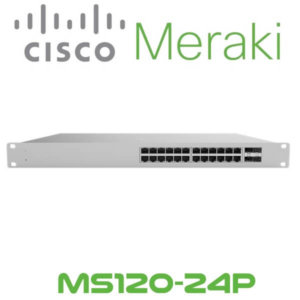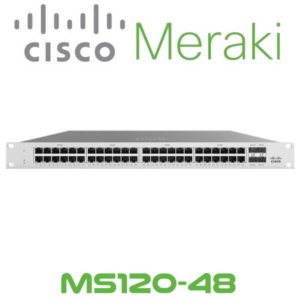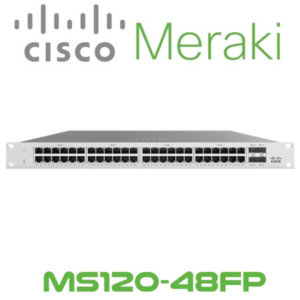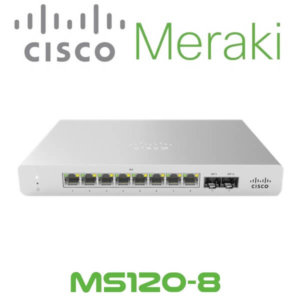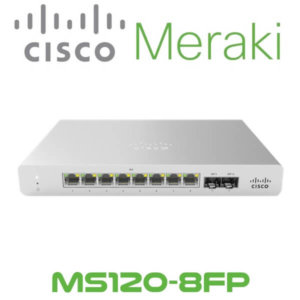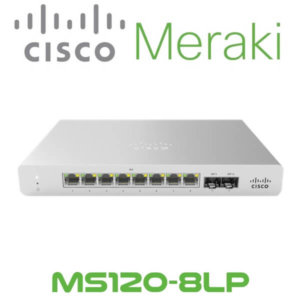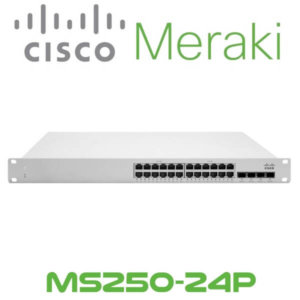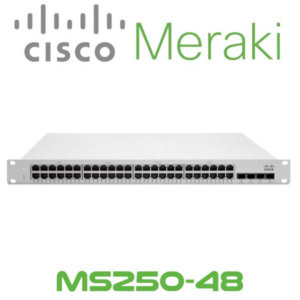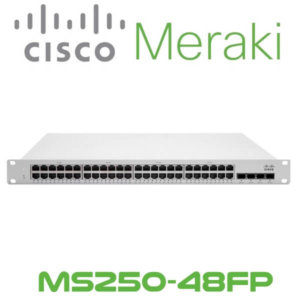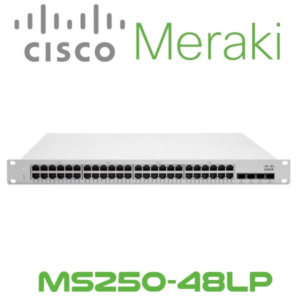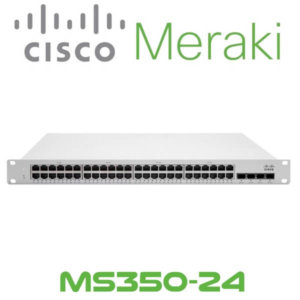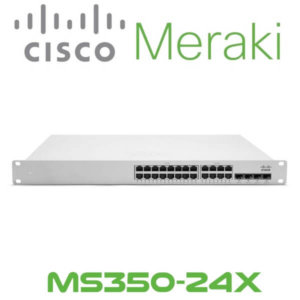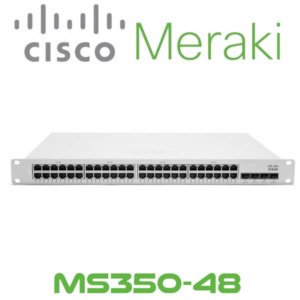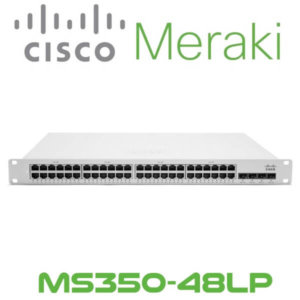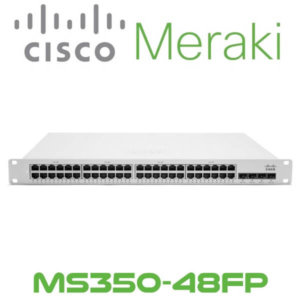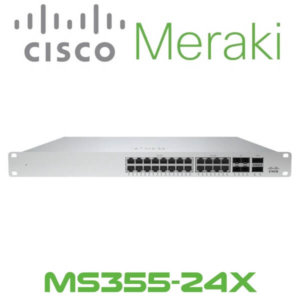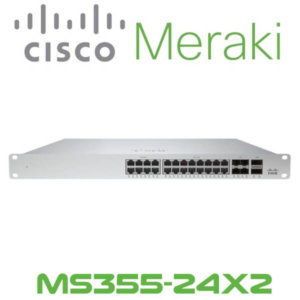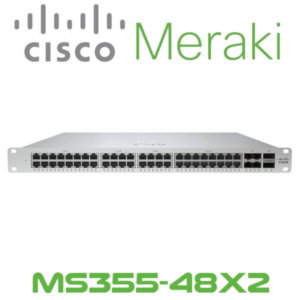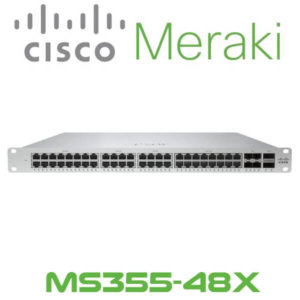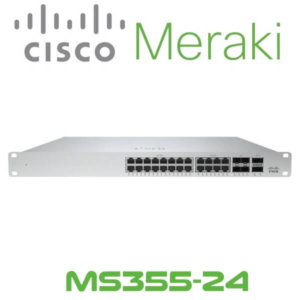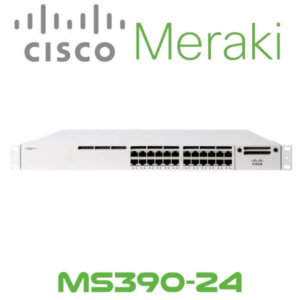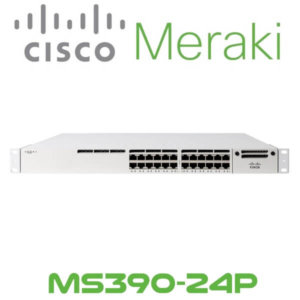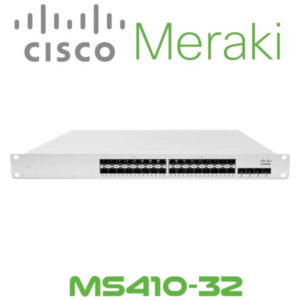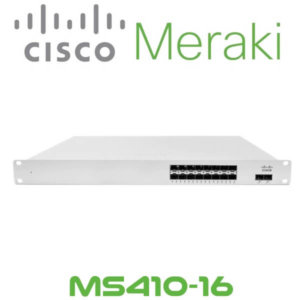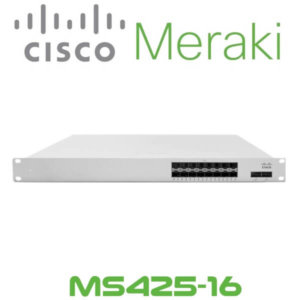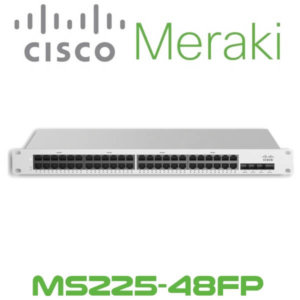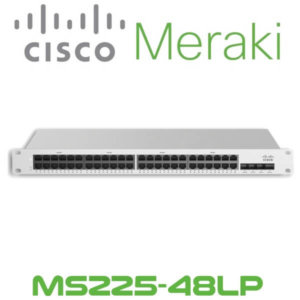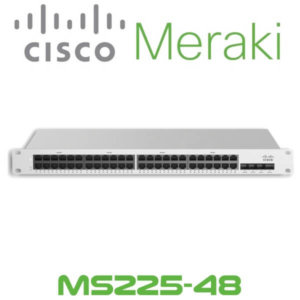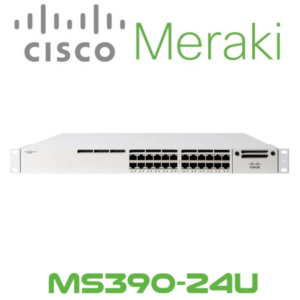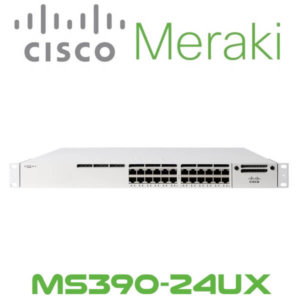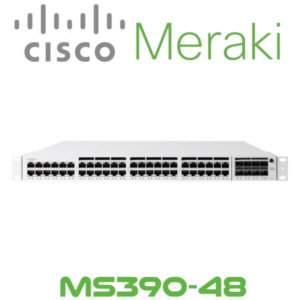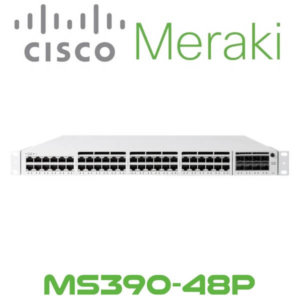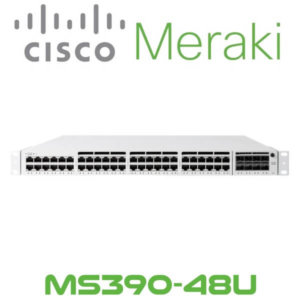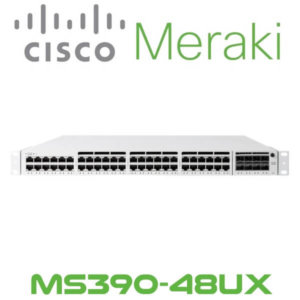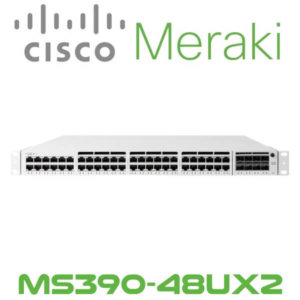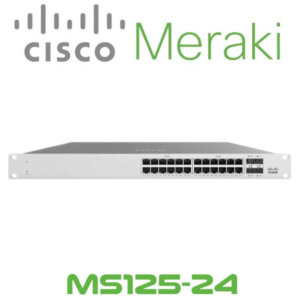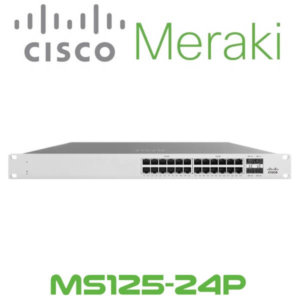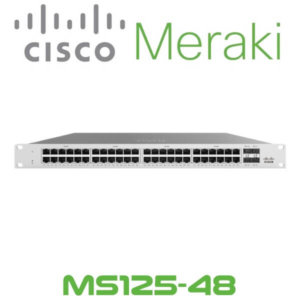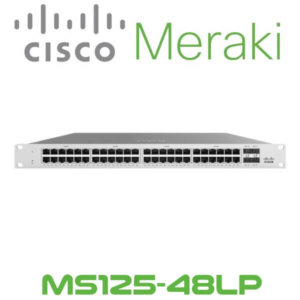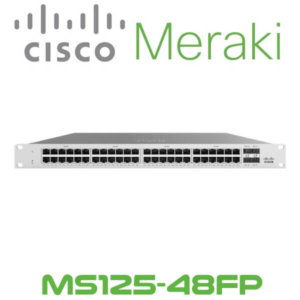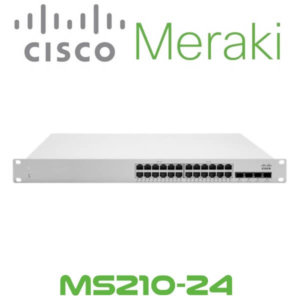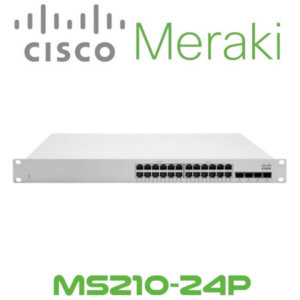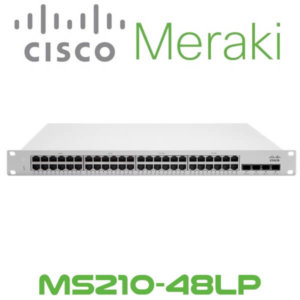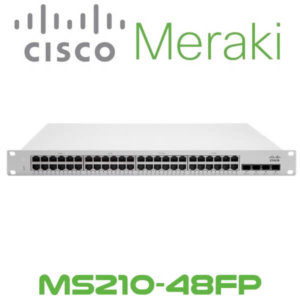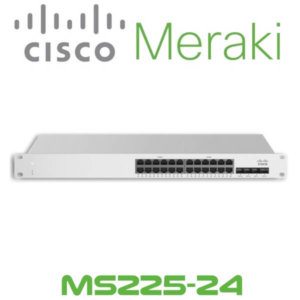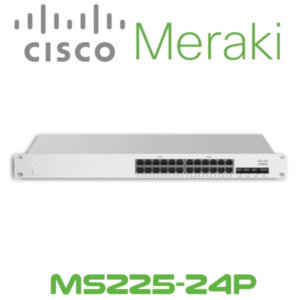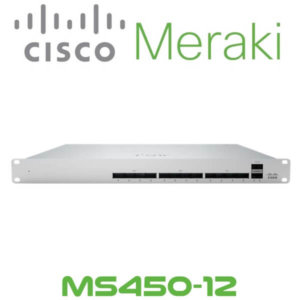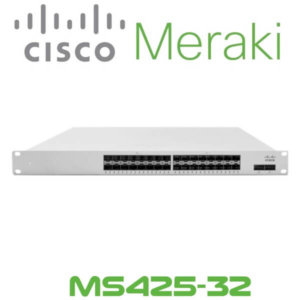Description
Cisco Meraki MR53E Wave 2 Access Point Jeddah
The Cisco Meraki MR53E Jeddah is a cloud-managed 4×4:4 802.11ac Wave 2 access point with 160 MHz channels and MU-MIMO support. Designed for demanding next-generation deployments in busy offices, schools, hospitals, stadiums, factories, warehouses, and other venues, the MR53E offers high performance, enterprise-grade security, and simple management. The MR53E provides a maximum of 2.5 Gbps* aggregate frame rate with concurrent 2.4 GHz and 5 GHz radios. A dedicated third radio provides real-time WIDS/WIPS with automated RF optimization, and a fourth integrated radio delivers Bluetooth Low Energy (BLE) scanning and Beaconing. The MR53E supports a variety of smart, auto-detectable external antenna that can deliver both focused, targeted coverage in challenging RF scenarios as well as broader coverage in a variety of environments, including those with very high ceilings. This antenna includes; panel and panel downtilt omni-directionals, wide patch, and narrow patch options.
Cisco Meraki MR53E Jeddah equips firmware that automatically kept up to date via the cloud. New features, bug fixes, and enhancements are delivered seamlessly over the web. This means no manual software updates to download or missing security patches to worry about.
MR53E Features
- External antenna connectors
- 4 x 4 160 MHz MU-MIMO 802.11ac Wave 2
- 5 Gbps dual-radio aggregate frame rate
- Multi- gigabit Ethernet
- 24 x 7 real-time WIPS/WIDS and spectrum analytics via dedicated third radio
- Integrated Bluetooth Low Energy Beacon and scanning radio
- Enhanced transmit power and receive sensitivity
- Full-time Wifi location tracking via dedicated 3rd radio
- Integrated enterprise security and guest access
- Application-aware traffic shaping
- Self-configuring, plug-and-play deployment
- Sleek, low-profile design blends into office environments
- Optimized for voice and video
Dual–radio aggregate frame rate of up to 2.5 Gbps*
Meraki MR53E Jeddah equips 5 GHz 4×4:4 radio supporting 80 MHz channel widths and a 2.4 GHz 4×4:4 radio supporting 40 MHz channel widths offer a combined dual–radio aggregate frame rate of 2.5 Gbps*, with up to 1,733 Mbps in the 5 GHz band thanks to 802.11ac Wave 2 and 800 Mbps in the 2.4 GHz band. Technologies like transmit beamforming and enhanced receive sensitivity allow the MR53E to support a higher client density than typical enterprise-class access points, resulting in fewer APs for a given deployment.
Multi User Multiple Input Multiple Output (MU-MIMO)
The MR53E’s sophisticated, dedicated dual-band third radio scans the environment continuously, characterizing RF interference and containing wireless threats like rogue access points. No more need to choose between wireless security, advanced RF analysis, and serving client data: a dedicated third radio means that all three occur in real-time, without any impact to client traffic or AP throughput.
Multi-gigabit and Link Aggregation uplink options
Cisco wifi Jeddah is integrated multi-gigabit uplink ensures maximum capacity for this high performance 802.11ac Wave 2 hardware configuration. The MR53E’s two Ethernet uplinks can be configured for link aggregation if switch infrastructure does not yet support multi-gigabit. The second Ethernet port can be used to connect wired client devices, like a security camera, when not used for link aggregation.
Bluetooth Low Energy Beacon and scanning radio
An integrated fourth radio for Bluetooth Low Energy (BLE) provides seamless deployment of BLE Beacon functionality and effortless visibility of BLE devices. The MR53E enables the next generation of location-aware applications while future-proofing your deployment, ensuring it’s ready for any new customer engagement strategies.
Automatic cloud-based RF optimization
The Cisco Meraki MR53Ekenya packs sophisticated and automated RF optimization means that there is no need for the dedicated hardware and RF expertise typically required to tune a wireless network. The RF data collected by the dedicated third radio is continuously fed back to the Meraki cloud. This data is then used to automatically tune the channel selection, transmit power, and client connection settings for optimal performance under even the most challenging RF conditions.
Integrated enterprise security and guest access
The Cisco Meraki Jeddah features integrated, easy-to-use security technologies to provide secure connectivity for employees and guests alike. Advanced security features such as AES hardware-based encryption and WPA2-Enterprise authentication with 802.1X and Active Directory integration provide wire-like security while still being easy to configure. One-click guest isolation provides secure, Internet-only access for visitors. PCI compliance reports check network settings against PCI requirements to simplify secure retail deployments.
3rd radio delivers 24×7 wireless security and RF analytics
The MR53E’s dedicated dual-band scanning and security radio continually assesses the environment, characterizing RF interference and containing wireless threats like rogue access points. There’s no need to choose between wireless security, advanced RF analysis, and serving client data – a dedicated third radio means that all functions occur in real-time, without any impact to client traffic or AP throughput.
Enterprise Mobility Management (EMM) & Mobile Device Management (MDM) integration
Meraki Systems Manager natively integrates with the MR53E to offer automatic, context-aware security. You can use Systems Manager’s self-service enrollment to rapidly deploy MDM without installing additional equipment, and then dynamically tie firewall and traffic shaping policies to client posture.
Application-aware traffic shaping
The MR53E includes an integrated Layer 7 packet inspection, classification, and control engine, enabling you to set QoS policies based on traffic type. Prioritize your mission critical applications while setting limits on recreational traffic like peer-to-peer and video streaming. Policies can be implemented per network, per SSID, per user group, or per individual user for maximum flexibility and control.
Voice and video optimization
Industry standard QoS features are built in and easy to configure. Wireless Multi Media (WMM) access categories, 802.1p, and DSCP standards support all ensure important applications get prioritized correctly, not only on Cisco Meraki MR53E Jeddah, but on other devices in your network. Unscheduled Automatic Power Save Delivery (U-APSD) ensures minimal battery drain on wireless VoIP phones.
Self-configuring, self-maintaining, always up-to-date
When plugged in, the MR53E automatically connects to the Meraki cloud, downloads its configuration, and joins the appropriate network. If new firmware is required, this is retrieved by the AP and updated automatically. This ensures the network is kept up-to-date with bug fixes, security updates, and new features.
Advanced analytics
Drill down into the details of your network usage with highly granular traffic analytics. Extend your visibility into the physical world with journey tracking through location analytics. View visitor numbers, dwell time, repeat visit rates, and track trends. View real-time, per-radio spectrum analytics to troubleshoot nearby interference. Analyze AP events, client utilization, and bandwidth usage on a per-radio basis. Fully customize your analysis with raw data available via simple APIs.
MR53E Specifications
Radios
- 4 GHz 802.11b/g/n/ac client access radio
- 5 GHz 802.11a/n/ac Wave 2 client access radio
- 4 GHz & 5 GHz dual-band WIDS/WIPS, spectrum analysis, and location analytics radio
- 4 GHz Bluetooth Low Energy (BLE) radio with Beacon and BLE scanning support
Concurrent operation of all three radios - Supported frequency bands (country-specific restrictions apply):
- 412-2.484 GHz
- 150-5.250 GHz (UNII-1)
- 250-5.350 GHz (UNII-2)
- 470-5.600, 5.660-5.725 GHz (UNII-2e)
- 1725-5.825 GHz (UNII-3)
Antenna
- List of compatible antennas : MA-ANT-3-A5/B5/C5/D5/E5/F5
- Individual antenna elements for each radio
802.11ac Wave 2 and 802.11n Capabilities
- 4 x 4 multiple input, multiple output (MIMO) with four spatial streams
- SU-MIMO and MU-MIMO support
- Maximal ratio combining (MRC) and beamforming
- 20 and 40 MHz channels (802.11n), 20, 40, 80, and 160 MHz channels (802.11ac)
- Up to 256-QAM on both 2.4 GHz & 5 GHz bands
- Packet aggregation
Power
- Power over Ethernet : 37-57 V
- (802.3at required; functionality-restricted 802.3af mode supported)
- Alternative 12 V DC input
- Power consumption : 20 W max (802.3at)
- Power over Ethernet injector and DC adapter sold separately
Interfaces
- 1x 100/1000/2.5G BASE-T Ethernet
- 1x 10/100/1000 BASE-T Ethernet (RJ45)
- 1x DC power connector (5.5 mm x 2.5 mm, center positive)
- Six external RP-TNC antenna connectors
Mounting
- All standard mounting hardware included
- Desktop, ceiling, and wall mount capable
- Ceiling tile rail (9/16, 15/16, or 1 1/2” flush or recessed rails), assorted cable junction boxes
- Bubble level on mounting cradle for accurate horizontal wall mounting
Physical Security
- Two security screw options included
- Kensington lock hard point
- Concealed mount plate with anti-tamper cable bay
Environment
- Operating temperature : 32 °F to 104 °F (0 °C to 40 °C)
- Humidity : 5% to 95%
Security
- Integrated Layer 7 firewall with mobile device policy management
- Real-time WIDS/WIPS with alerting and automatic rogue AP containment with Air Marshal
- Flexible guest access with device isolation
- VLAN tagging (802.1Q) and tunneling with IPSec VPN
- PCI compliance reporting
- WEP, WPA, WPA2-PSK, WPA2-Enterprise with 802.1X
- EAP-TLS, EAP-TTLS, EAP-MSCHAPv2, EAP-SIM
- TKIP and AES encryption
- Enterprise Mobility Management (EMM) & Mobile Device Management (MDM) integration
- Cisco ISE integration for guest access and BYOD posturing
Physical Dimensions
- 59” x 6.3” x 1.06” (269 mm x 160 mm x 27 mm), not including deskmount feet or mount plate
- Weight : 41.27 oz (1.17 kg)
- Quality of Service
Advanced Power Save (U-APSD)
- WMM Access Categories with DSCP and 802.1p support
- Layer 7 application traffic identification and shaping
Mobility
- PMK, OKC, and 802.11r for fast Layer 2 roaming
- Distributed or centralized Layer 3 roaming
Analytics
- Embedded location analytics reporting and device tracking
- Global L7 traffic analytics reporting per network, per device, and per application
LED Indicators
- 1 power/booting/firmware upgrade status



